
Which historical character reigns supreme?
The American Girl brand became a toy shelf staple beginning in 1986. The pricey dolls were the subject of many a schoolgirl fantasy and perhaps the franchise’s greatest claim to fame. But “American Girls” is more than just a line of dolls (though, yes, they are indeed a line of very expensive dolls). Each girl comes with a book series in which she faces her historical era’s challenges face on. Whether that means escaping from slavery, counting pennies during the Great Depression, or having her best friend die of cholera in her arms depends on the girl in question. But the American Girl books never shied away from some of the harder aspects of history, packaging them up through the eyes of young protagonists to make history approachable to young readers.
You could be an American Girl kid without ever owning a doll. The books alone offered a gateway into historical fiction, and the legacy of the historical characters reigns supreme. Naturally, schoolyard arguments would break out over which American Girl was the best. And so naturally, there has come the time to rank them.
To clarify, this ranking is only of the official historical character line — not offshoots like Girl of the Year (set in modern day) or the short-lived Girls of Many Lands (historical, but not restricted to the United States). We’re also taking into account some retried characters like Kirsten Larson, and ones that were only on the market for three years.
Behold, our official American Girl ranking:
16. Caroline Abbott, 1812
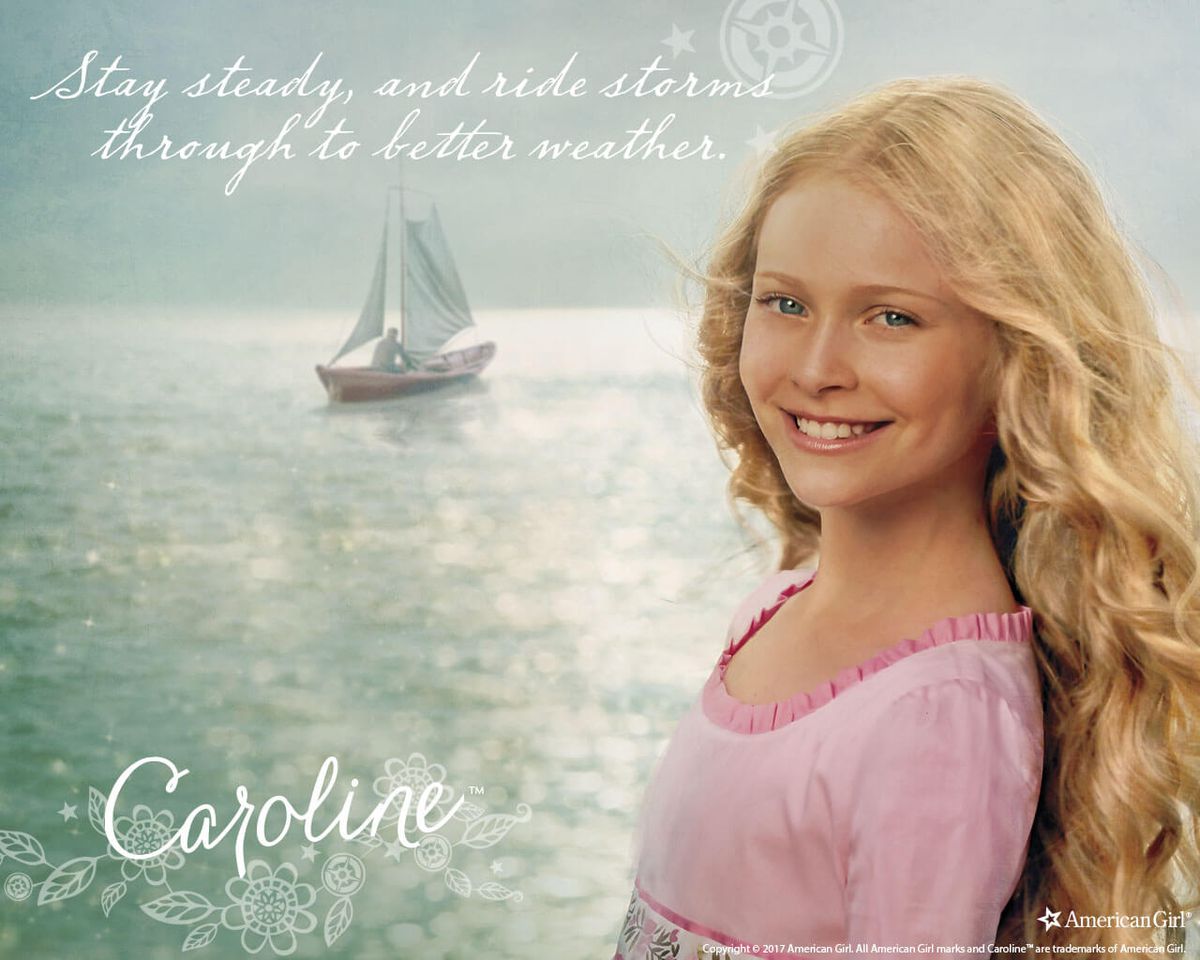
Caroline, my personal nemesisImage: American Girl
Petrana Radulovic: Still cannot believe we got a “Girl of the War of 1812” before an Asian-American Girl doll.
Emily Heller: If I wanted to read about an outdoorsy Midwestern girl who was born in a log cabin, I’d just read the Laura Ingalls Wilder books.
15. Samantha Parkington, 1904
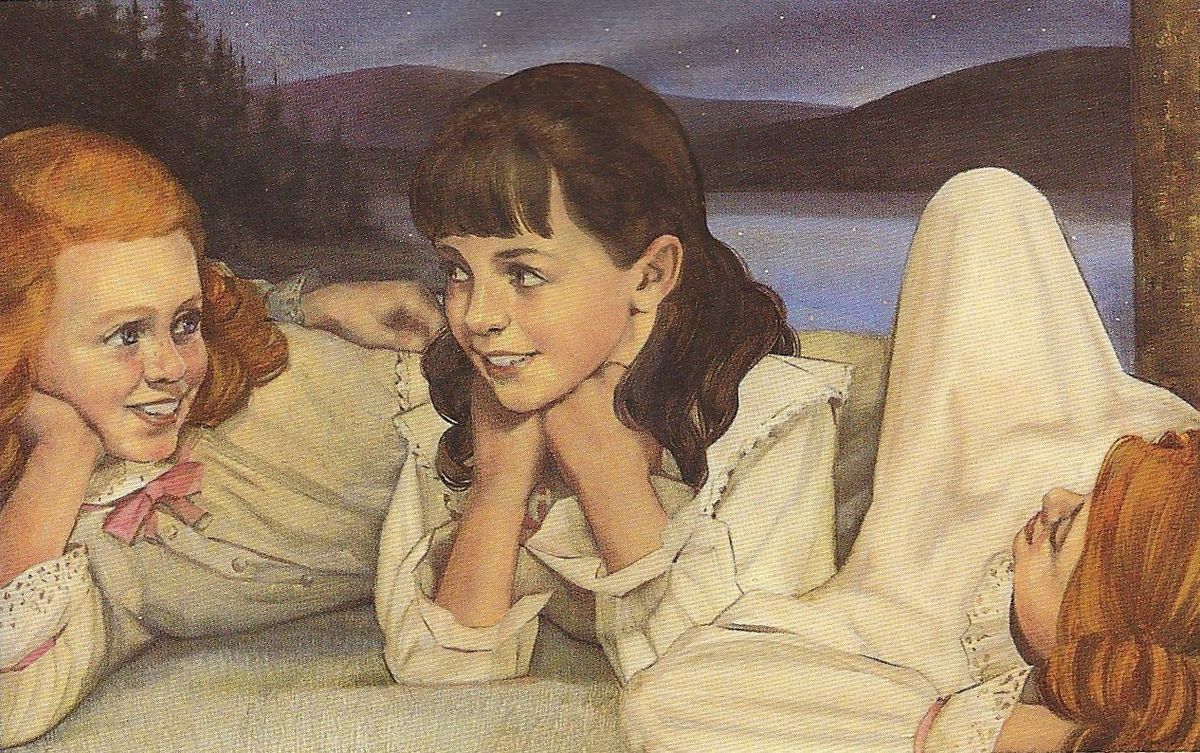
Just look at that nightgown!Image: American Girl
Petrana: Samantha was the first American Girl doll for many girls. She’s safe. She’s a white brunette, so she appeals to a large demographic. She’s also by far the wealthiest of the American Girl characters and is pretty clueless to her own privilege.
To her credit, Samantha does, eventually, realize that her servant friend Nellie is but a poor working class girl who’s forced to work in factories. Also, a thing that has annoyed me about Samantha since I was seven years old is that she’s billed as the “Victorian doll” despite very obviously living in the Edwardian era. C’mon!
Emily: Perhaps I am biased because my sister had Samantha while I had the clearly superior Molly, but Samantha just feels like the obvious — and therefore boring — choice of the two original dolls. She’s the vanilla ice cream of American Girl dolls. There is nothing wrong with it but once you get a taste for mint chocolate chip there’s really no going back.
14. Julie Albright, 1974
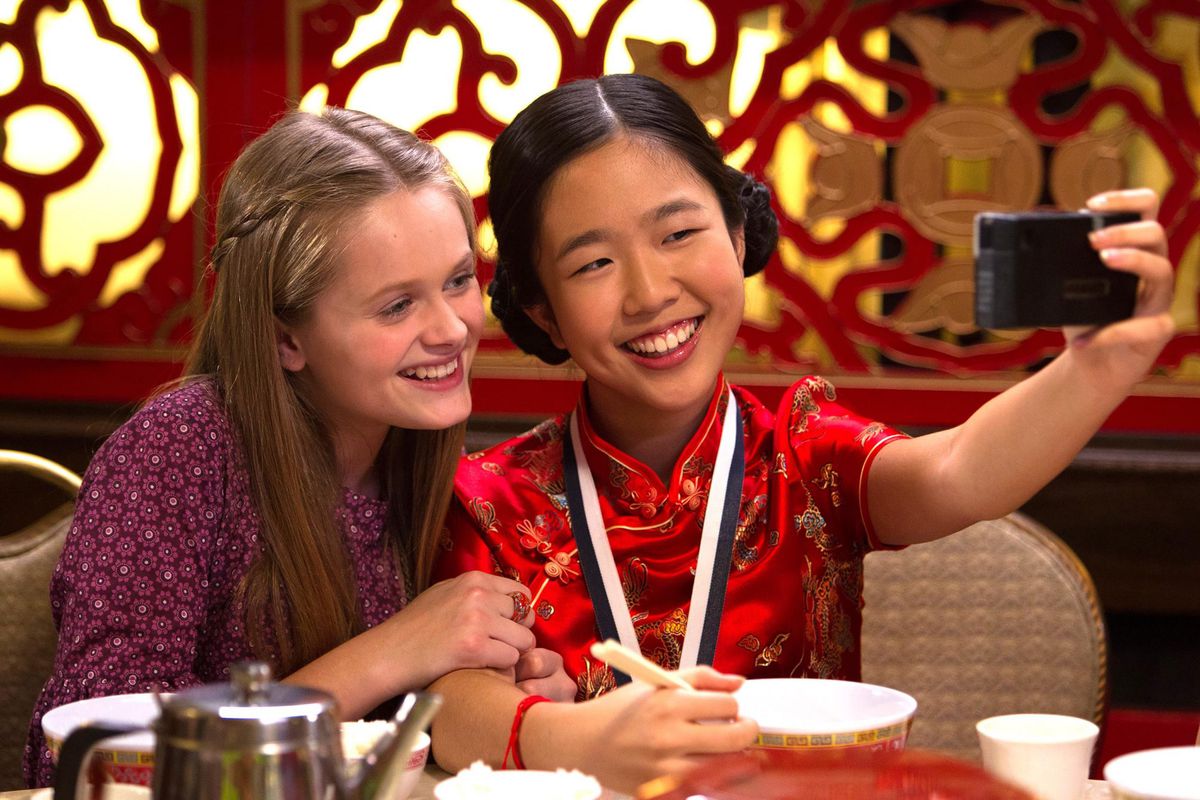
And you’re telling me they went with another blonde lead? Image: Amazon
Petrana: Julie’s problem is that the more interesting character to focus on in 1970s San Francisco would’ve been her best friend Ivy, a Chinese-American girl grappling with reconciling her Chinese heritage and her American upbringing. Julie’s whole thing is standing up for herself when she gets bullied for being a tomboy and a child of divorce, but making Ivy the lead of the 1970s focused series would’ve just added a whole lot more nuance! The Amazon Original movie recognizes this, putting Ivy at the forefront… even if she’s nowhere to be seen on the official American Girl page.
Emily: At the time that Julie was released (2007) the biggest thing she had going for her was that she was the most contemporary American Girl doll, representing the 1970s. Now that we have Courtney representing the 1980s, Julie isn’t all that interesting.
13. Maryellen Larkin, 1954
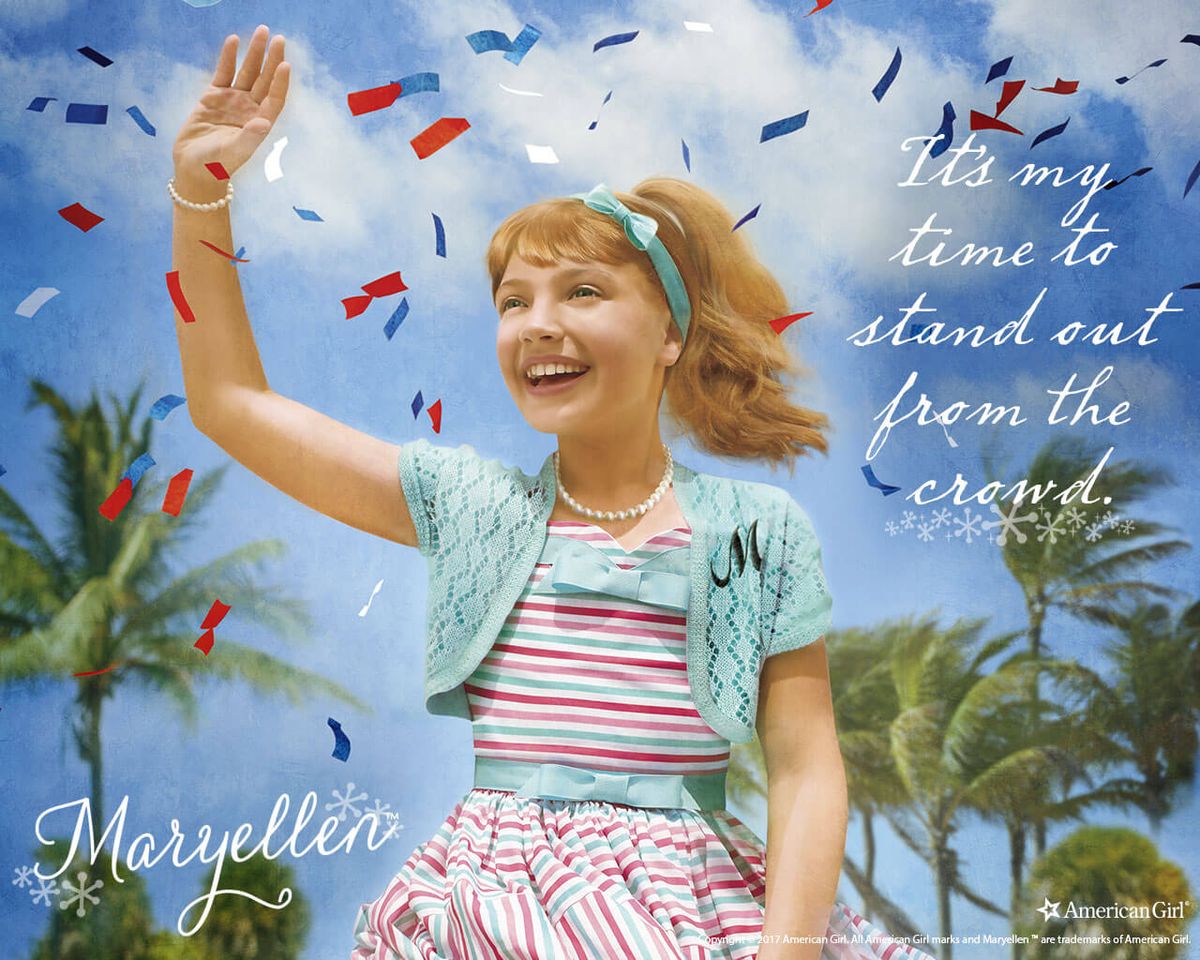
Image: American Girl
Emily: Yet another blonde-ish white girl representing an era less than a century in the past. Boring!
Petrana: The 1950s is an oddly quiet time for the American Girl series to focus on, but Maryellen’s big thing is that she had polio in 1952, but doesn’t let her disability stop her from running and swimming. That’s already marginally more interesting than Julie. Also I gotta give Maryellen props, as she’s a fellow Floridian. Thank you, suburban expansion of the 1950s!
12. Cecile and Marie-Grace, 1853
Petrana: Cecile and Marie-Grace’s stories brim with potential. The only dual dolls released with two sets of books, Cecile and Marie-Grace grew up in New Orleans, Louisiana and dealt with the 1853 Yellow Fever epidemic and the Antebellum South. However, their line was cut short for some reason, and only ran for around three years. Alas, poor Cecile and Marie-Grace — it’s not their fault they were around for such a brief period of time! Unlike the other girl who was introduced and axed within that short time (my personal nemesis, Caroline, the Girl of the War of 1812), Cecile and Marie-Grace don’t even appear on the official American Girl website! What gives!
Emily: Several American Girl dolls had a Best Friend released alongside them — Molly’s British friend Emily, Felicity’s rich friend Elizabeth, Samantha’s poor friend Nellie. But they’re inevitably relegated to sidekick roles and aren’t as popular as the main American Girl. I love the idea of two best friends getting equal billing! Unfortunately, though, Cecile and Marie-Grace just weren’t around long enough to make an impression.
11. Kirsten Larson, 1854
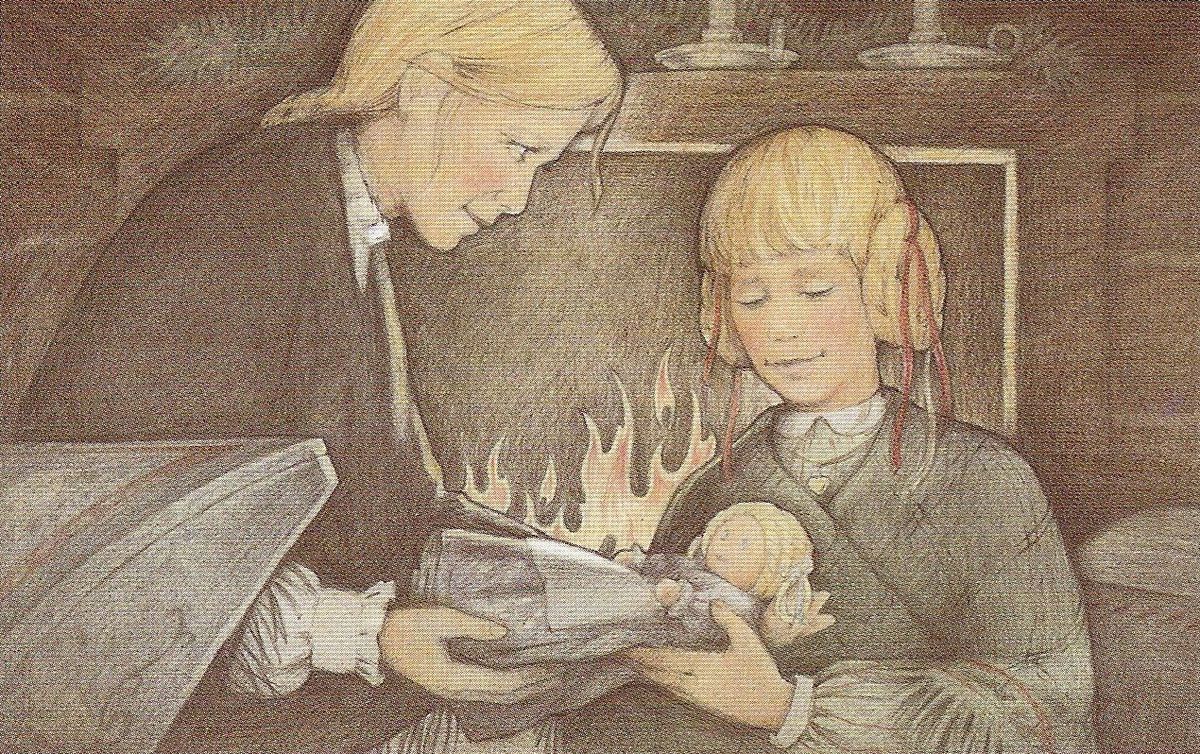
Image: American Girl
Petrana: American Girl stayed in their lane for the most part and never had a proper “pioneer” girl to challenge the Laura Ingalls Wilder books — but Kirsten comes closest. The thing that gives her story a distinct flair is that she’s a Swedish immigrant, so she gets the double whammy of grappling with American culture and building a log cabin.
In the first Kirsten book, her best friend dies in her arms of cholera. I read this at age six and was scared for nearly a decade longer, convinced cholera would be more of a problem in my adult life than it ended up being.
Emily: Honestly, the only thing I remember about Kirsten are her braid loops. They’re cute.
10. Rebecca Rubin, 1914
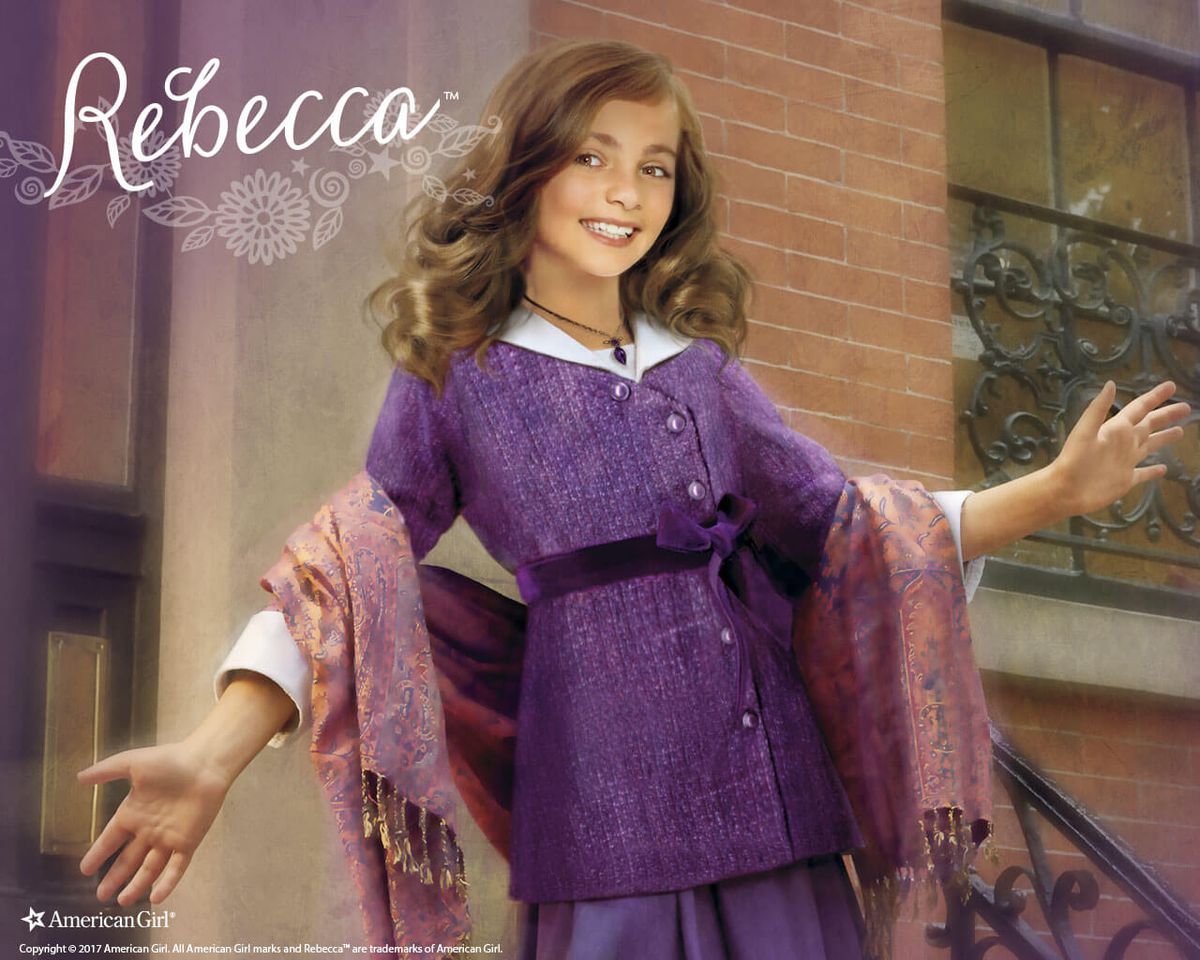
Image: American Girl
Emily: Rebecca is the first (and so far, only) Jewish Historical Character, a first-generation Russian-American representing Eastern European immigration to the U.S. in the early 20th Century. Several American Girl dolls have struggled to fit in, but Rebecca’s struggle to maintain her Jewish heritage while the city goes all out for Christmas is particularly relatable. Rebecca is the rare doll where her background is more important than her historical era.
Petrana: Sometime after Julie and Caroline and a slew of blonde, white girls with very superficial reasons for “standing out,” an American Girl creative must’ve been like Hmm… maybe we could… do something else? It’s weird that after strides with Josefina, Kaya, and Addy, American Girl just churned out a bunch of blondes (like, not even a brunette or redhead for flavor?), but Rebecca became a step in the right direction, a way to communicate that the past had many perspectives.
9. Nanea Mitchell, 1941
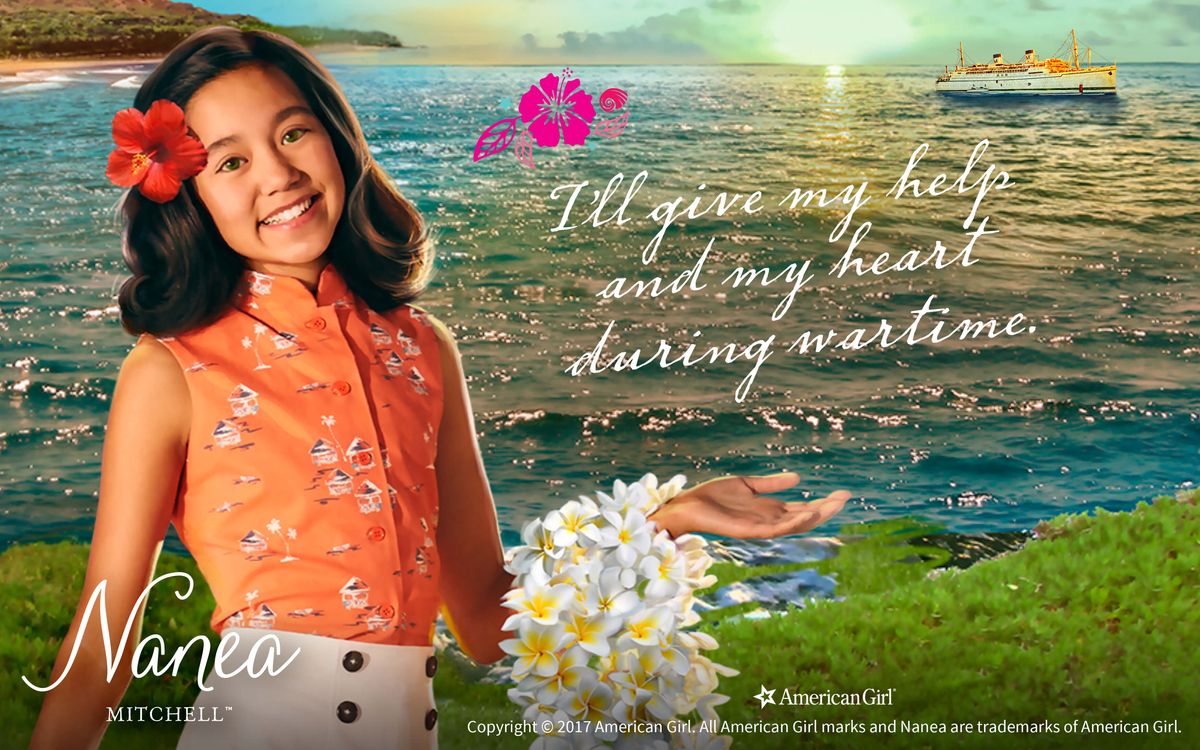
Image: American Girl
Emily: The American Girl Historical Characters line has typically operated with one doll to represent one decade, with very little overlap. Nanea proves that there are plenty of overlapping stories to tell. The 1940s and WW2 were covered with Molly, but as a white girl living in Illinois, her perspective is very different from Nanea’s as a native Hawaiian.
Petrana: Continuing my thoughts on Rebecca, Nanea is absolutely a bold step forward! She and Molly come from the same era, but her story is completely different. While American Girl should move forward in terms of decades (seriously, everyone complaining about 1980s Courtney being too recent needs to remember that it was 40 years ago), the franchise should embrace revisiting the same eras to tell different stories! Nanea, as a native Hawaiian right around the Attack on Pearl Harbor, brings a starkly different perspective than Molly in the Midwest.
8. Courtney Moore, 1986
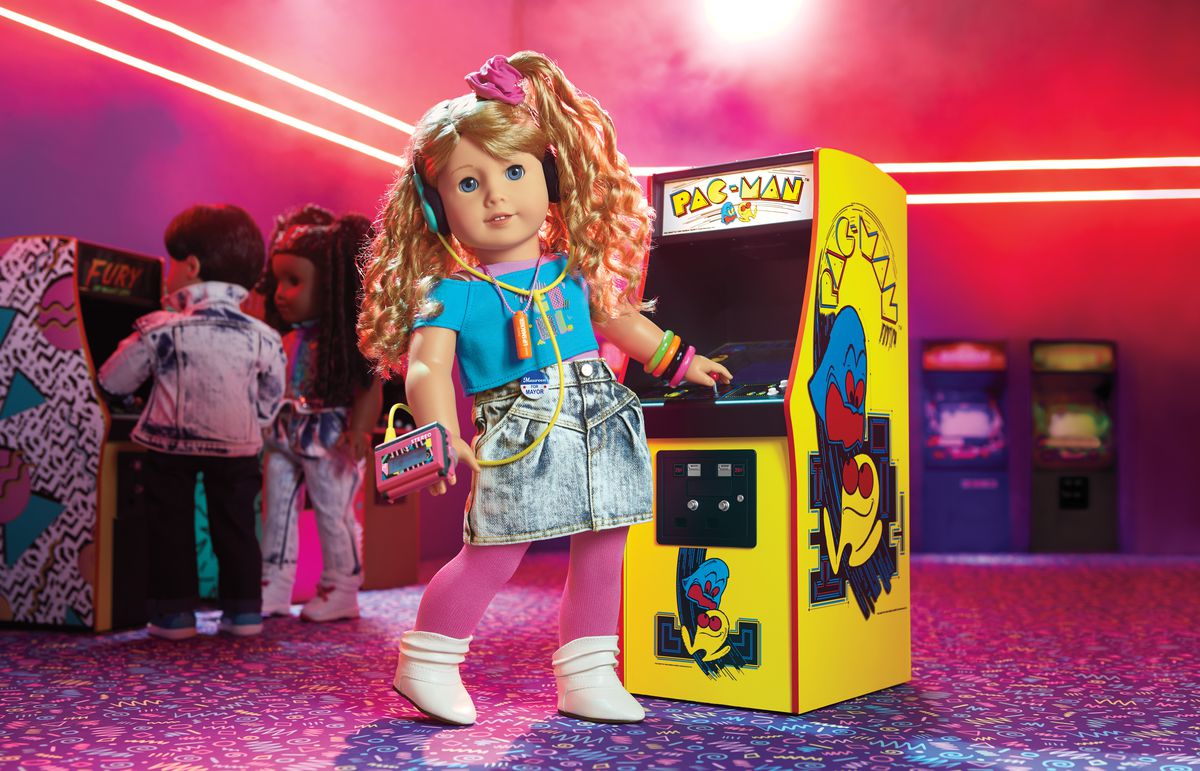
Photo: American Girl
Emily: I’ve already gone on record about how much I love Courtney, American Girl’s first gamer girl. When Courtney was originally announced, some adults on Twitter were freaked out about the fact that her story deals with the Challenger Explosion, but helping kids understand historical traumas through the lens of a relatable character has always been American Girl’s whole deal!
Petrana: I do not understand why people are freaking out about how Courtney sees the Challenger explode when Kirsten Larson’s best friend died of cholera in her arms and Addy Walker literally escaped from slavery. She is another blonde white girl, but she gets a step up over the others because she is so modern — that is, until the 1990s girl comes out.
7. Addy Walker, 1864
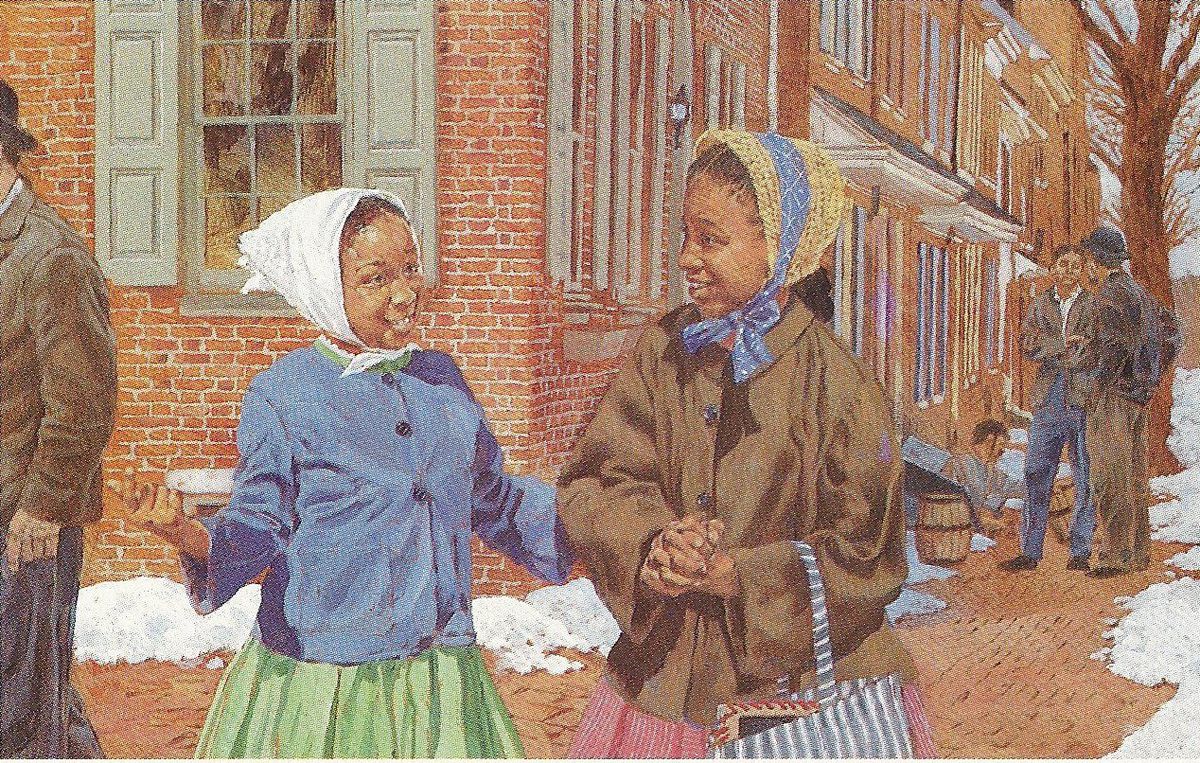
Image: American Girl
Emily: American Girl’s fifth Historical Character and first non-white doll was born into slavery, a move with a complicated history that culture writer Aisha Harris explained in a 2016 Slate article. As I mentioned above, American Girl stories have always tried to help young readers understand historical tragedies, and Addy’s books attempts to illustrate the appalling history of slavery in America. But witnessing the Challenger explosion and living through slavery are two very different things, and there’s certainly fair criticism to be made about how the white-owned company handled its Black characters. Still, as author Connie Porter told Harris, Addy’s legacy is one of defiance. “She is a voice, she is a face, an embodiment of the lives of our African American ancestors. She takes readers past whatever negative connotations they may put on the word slave. They see Addy being what that world didn’t want people to see—a child, a human being with hopes and dreams, family, history, and the potential to live a full and abundant life — if given the chance.”
Petrana: Addy is a contentious figure, with some pointing to the uncomfortable fact that the only Black doll available at the time was born into slavery. But the fact that she was one of the first American Girl dolls — and that her story was ultimately a triumphant one — should not be understated. Should American Girl branch out to include more characters of color with stories that aren’t focused on trauma? Absolutely. But Addy was a first milestone.
6. Kit Kittredge, 1934
Emily: Kit has the advantage of being the only American Girl character with a theatrically released movie about her. (There are a bunch of direct-to-video and TV movies, though.) Being played by Abigail Breslin is just going to give you an automatic boost in the rankings! Even without the Breslin Bump™️, though, Kit is one of my favorites because she’s a writer. Biased? Sure, but that’s just because I’m not as good a journalist as Kit.
Petrana: Samantha was my first, but Kit was my favorite. I didn’t gravitate towards her initially, because even though Samantha was white, she was a brunette so I liked to project myself onto her. But I read Kit’s books and immediately found the American Girl I shared the strongest bond with. She wants to be a writer and as a very young aspiring writer, I clung to this. Kit’s family goes through a lot of Depression hardships, but she remains resilient. Also, her theatrical movie is legitimately good (Julia Roberts was an executive producer!) and I’m not just saying that because young me had a crush on the actor (Max Thieriot, if anyone was curious) who plays the charming hobo.
5. Josefina Montoya, 1824
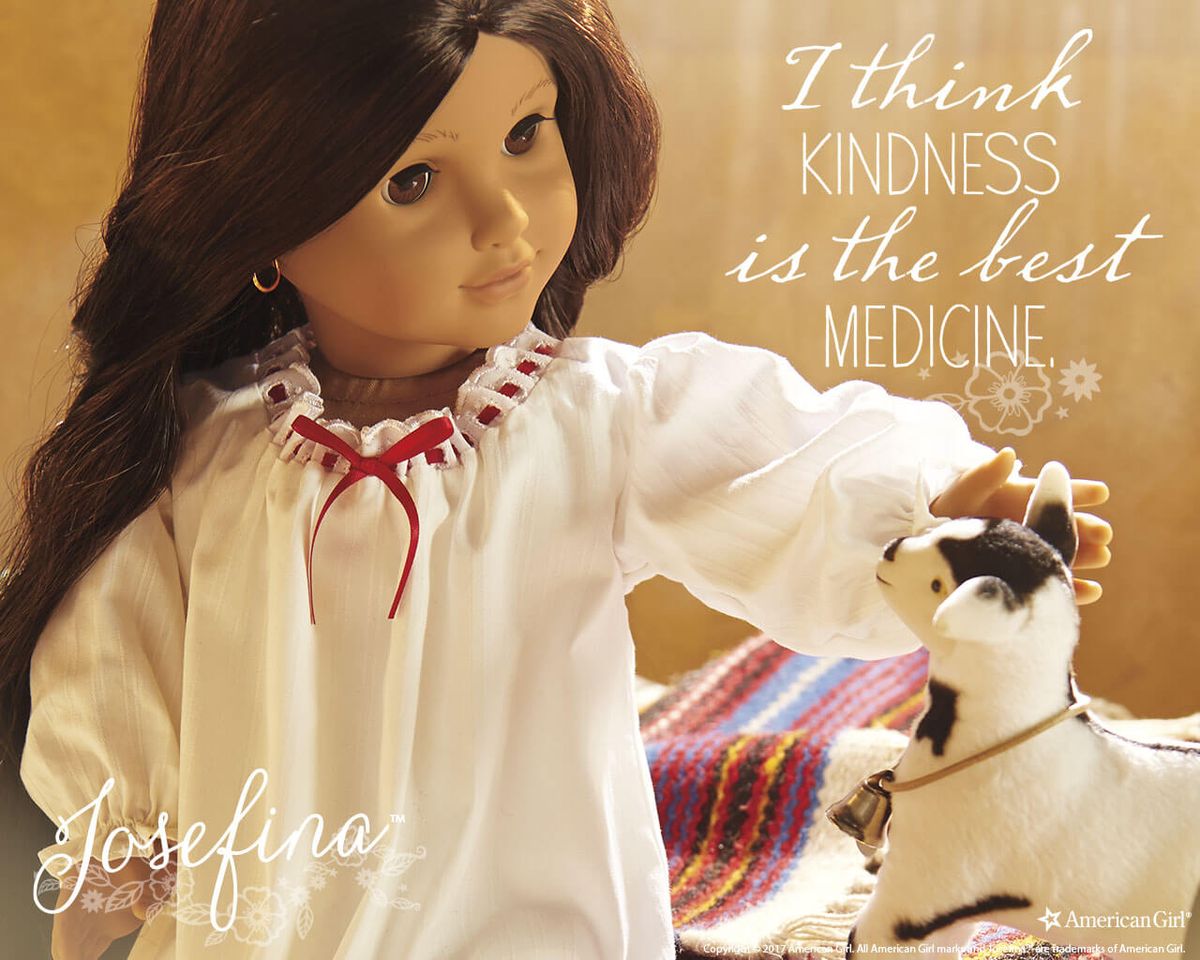
Image: American Girl
Emily: The single article of clothing I most coveted from the American Girl catalogue was Josefina’s Christmas mantilla.
Petrana: Once again, American Girl stayed in their lane with stories of settling the American West — but Josefina offers a unique counterpoint. She’s not a pioneer; her family has lived in New Mexico for a long time! Like Kaya (see later) Josefina is an important reminder that the term “American Girl” does not solely apply to whatever blonde, white people born in this country were doing at the time.
4. Melody Ellison, 1964
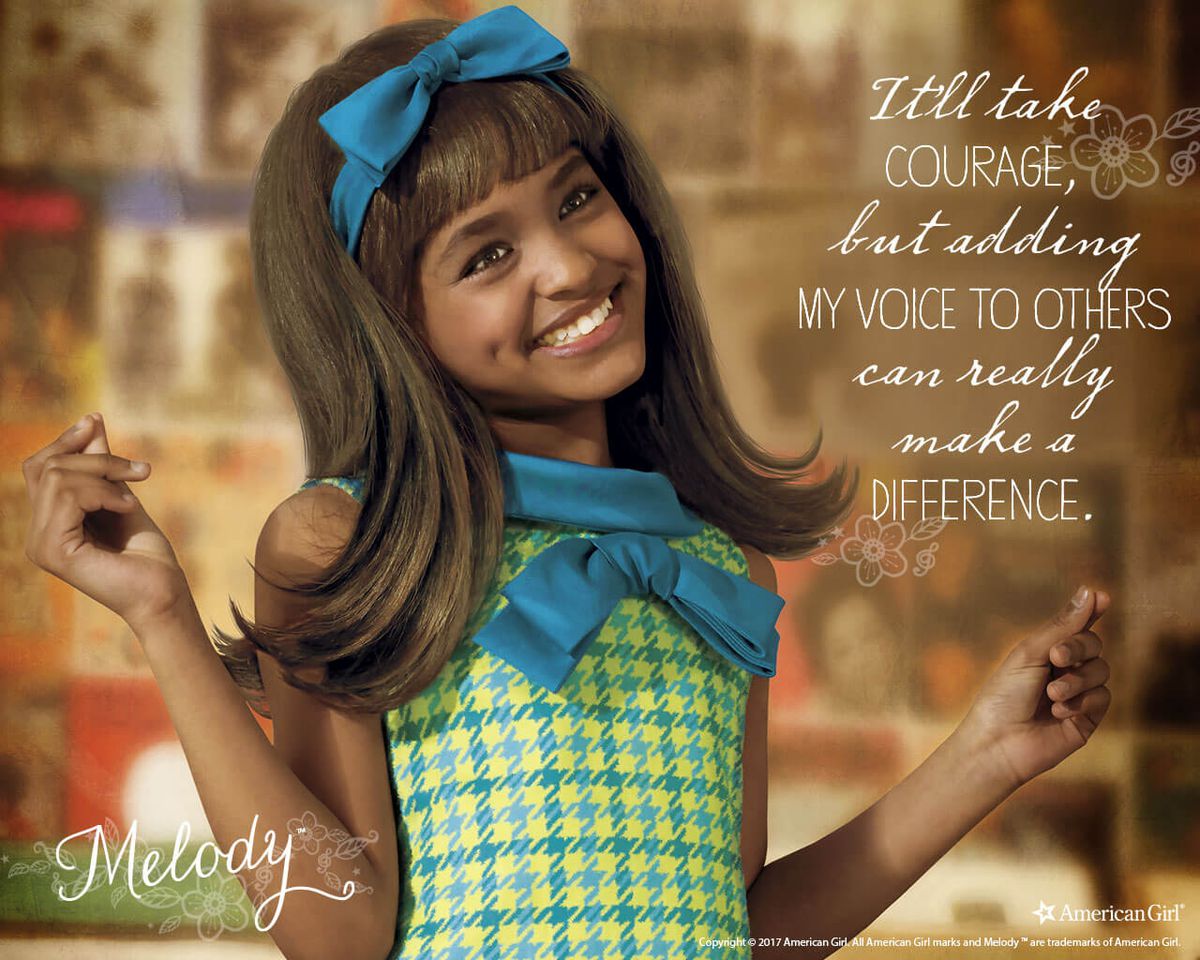
Image: American Girl
Emily: Of the dolls representing decades less than 60 years in the past, Melody is the most interesting and fun. She’s a 10-year-old Motown singer! Named Melody! A little on the nose but still cute.
Petrana: There are still only two Black characters in the lineup (three if you count the retired Cecile), but Melody is another step forward. Her story centers on the Civil Rights movement. She has dreams of being a Motown singer! You go, Melody!
3. Kaya, 1764
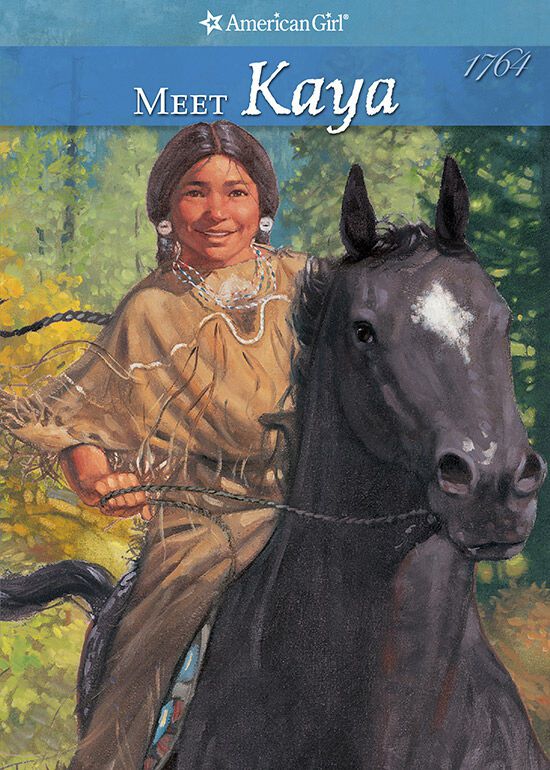
Image: American Girl
Petrana: Part of the reason I ranked Kaya so high personally was that her game on the American Girl website absolutely ruled. It was this text-based survival game, where you, playing as Kaya, had to escape from kidnappers and trek across the wilderness. It no longer exists on the site (or at least, I personally cannot find it on the site), which is a shame because it was very hardcore. I don’t think I actually ever beat it on the hardest setting. Perhaps one day…
Kaya is also important because she is the truest American Girl.
Emily: Kaya is American Girl’s only Native American doll, but she’s also the only doll with not one, not two, but six animal friends in her collection.
2. Felicity Merriman, 1774
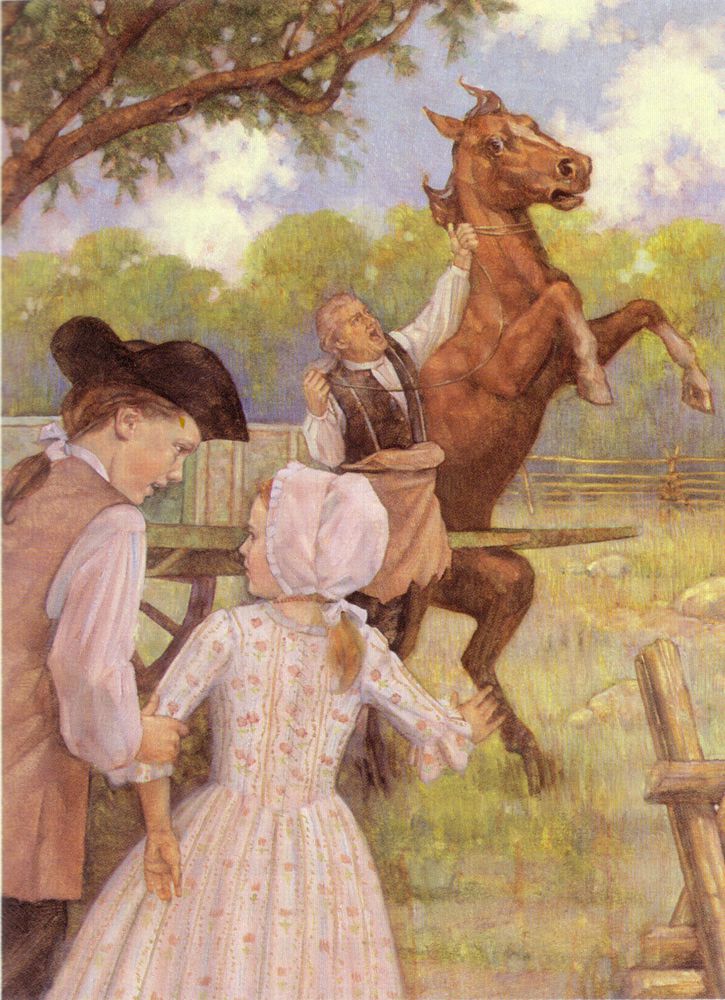
Image: American Girl
Petrana: Felicity has all the power of being an American Girl and the added bonus of being the Supreme Horse Girl to rule them all. I really liked Felicity because I was also a huge fan of PBS Kids’ Liberty’s Kids, which centered around three young teenagers in the middle of the American Revolution. It was my favorite time period! Did I like it because of the Felicity books or did the Felicity books make me like it? I still don’t know the answer to this question, but I was extra prepared for Hamilton years later.
With a war building up right on her front door, there is inherently more drama in Felicity’s story than most of the other early American Girls, which makes for an exciting read when you’re 7 years old and you yawned through pages of Samantha’s tea parties. (Sorry, Samantha!)
Also shoutout to her family’s apprentice, Benjamin, whomst I had a crush on when I was seven.
Emily: Felicity represented the era we learned the most about in school, which means she got a lot of attention when I was looking for books to read for my book reports. She also lived in Virginia, where I grew up, which gave her even more of a relatable allure.
1. Molly McIntire, 1944
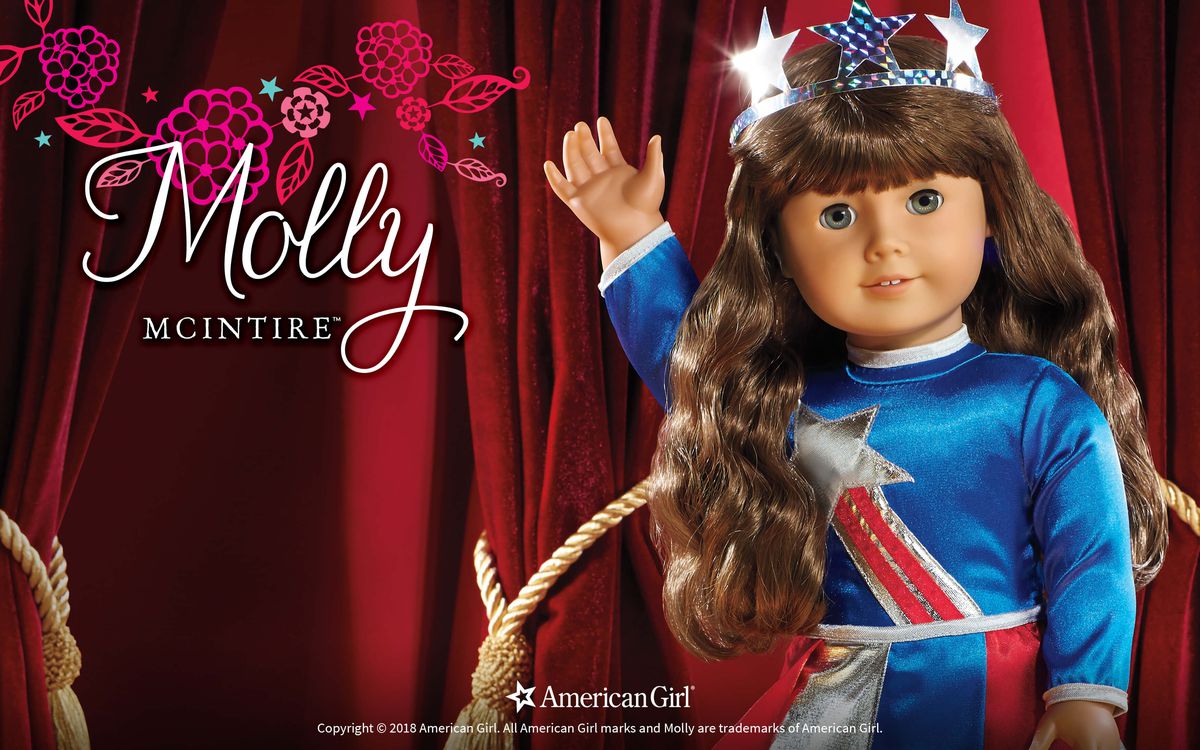
Image: American Girl
Petrana: Out of the original three American Girls (that’s Samantha, Kirsten, and Molly), Molly’s story is definitely the coolest — and the one that still holds up. Her dad is off serving as a medic in World War II, while she and her family adjust to the rapid new changes that the war thrust upon them. She’s an original which gives her an extra bump in status here, even if some of the newer stories are more nuanced. But Molly’s was compelling, even in the beginning.
The American Girl characters always have interesting flaws, be it Samantha’s class obliviousness or Josefina’s shyness, but Molly stands out in my mind for being generally bratty to the point where sometimes I didn’t like her very much! But that stemmed from being the youngest kid in a big family — the only one without strong memories of their father — and it follows her throughout the series. Her friendship with Emily, a British girl displaced after the London Blitz, is a first stepping stone for Molly to realize that maybe she has it a bit better than some people. By the end of the series, she’s grown as a character and to be honest, I think about her arc to this day as a very good example of children’s literature.
We stan, Molly.
Emily: I love Molly so freakin’ much. She’s an icon for glasses-wearers, an icon for teacher’s pets, and an icon for weird girls who love attention. We stan.
